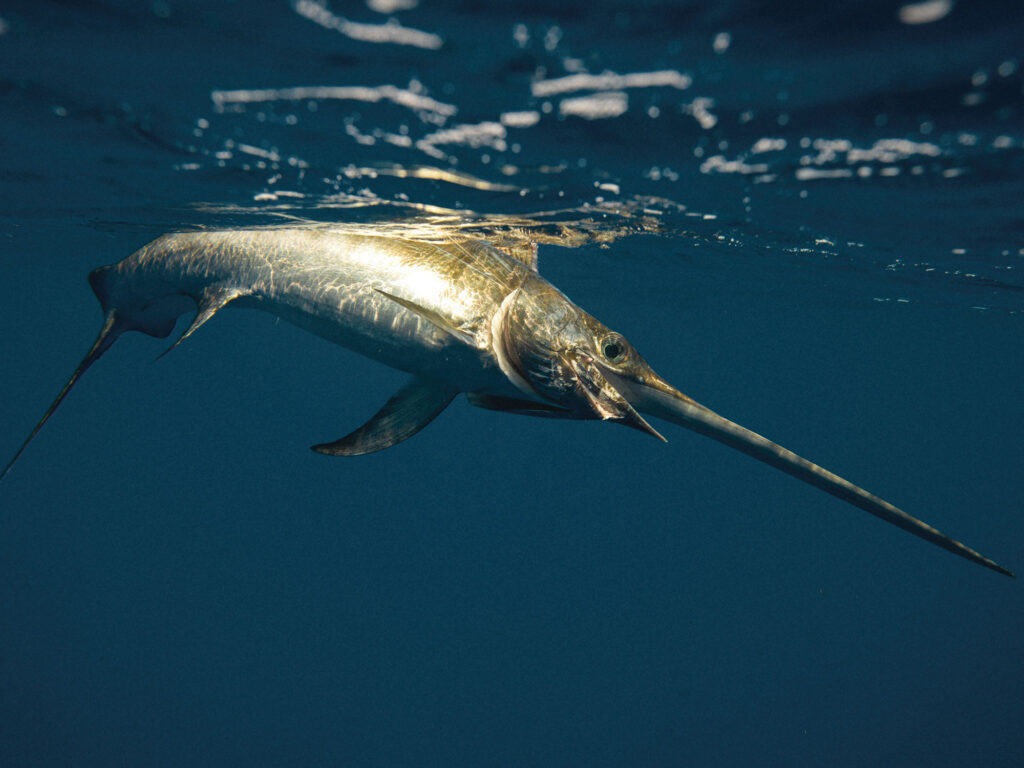
The Gulf’s Swordfishing Wonderland
Unlike the Atlantic, this untapped swordfish fishery has been described as “easy” and “accessible.” You be the judge.

Unlike the Atlantic, this untapped swordfish fishery has been described as “easy” and “accessible.” You be the judge.

Use these old-school baiting tactics to catch large red drum across the Southeast.

A guide to venting and descending reef fish.
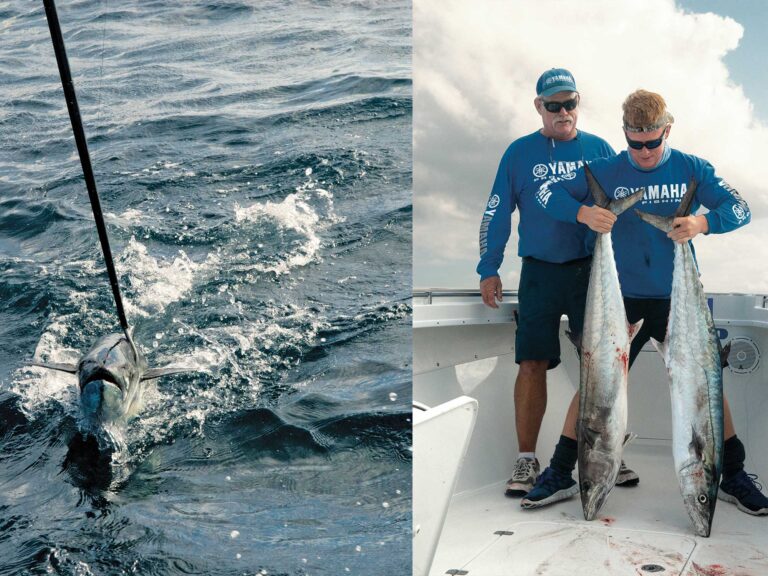
If you’re interested in catching more kingfish, these tournament-ready tips from Capt. George Mitchell will get you there.
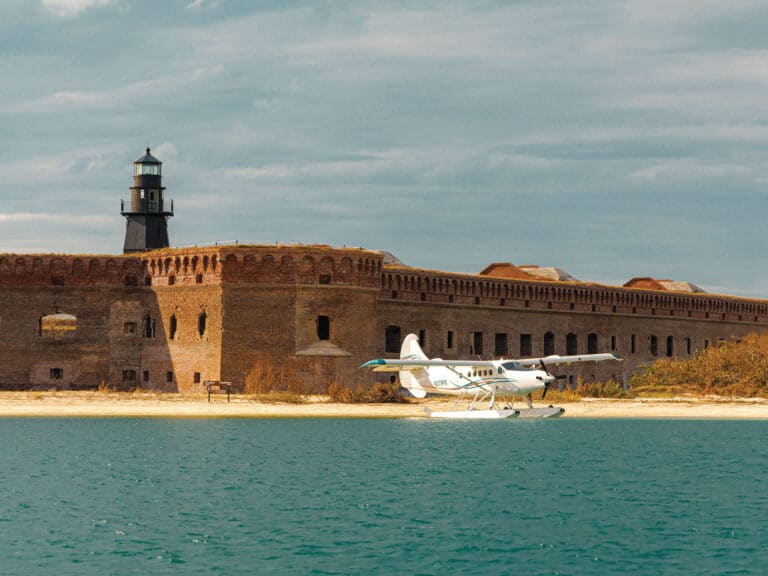
The Dry Tortugas is no longer the final frontier, but the bottomfishing is still worth the trip.
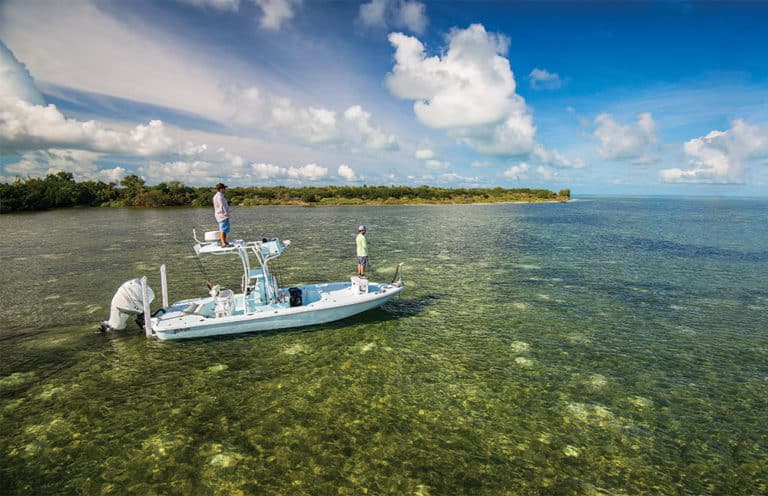
Here’s what you need to know to achieve sight-fishing success in shallow waters.
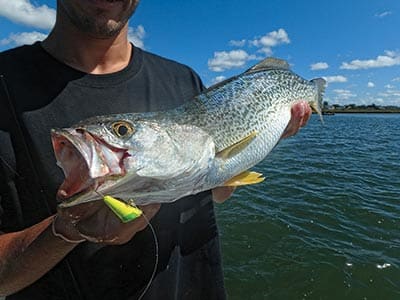
Break the fishing code on New Jersey weakfish with these useful tips.
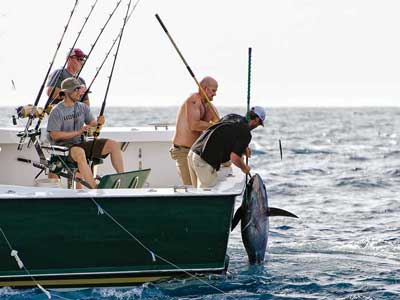
Learn how pros catch elusive bigeyes in the canyons.